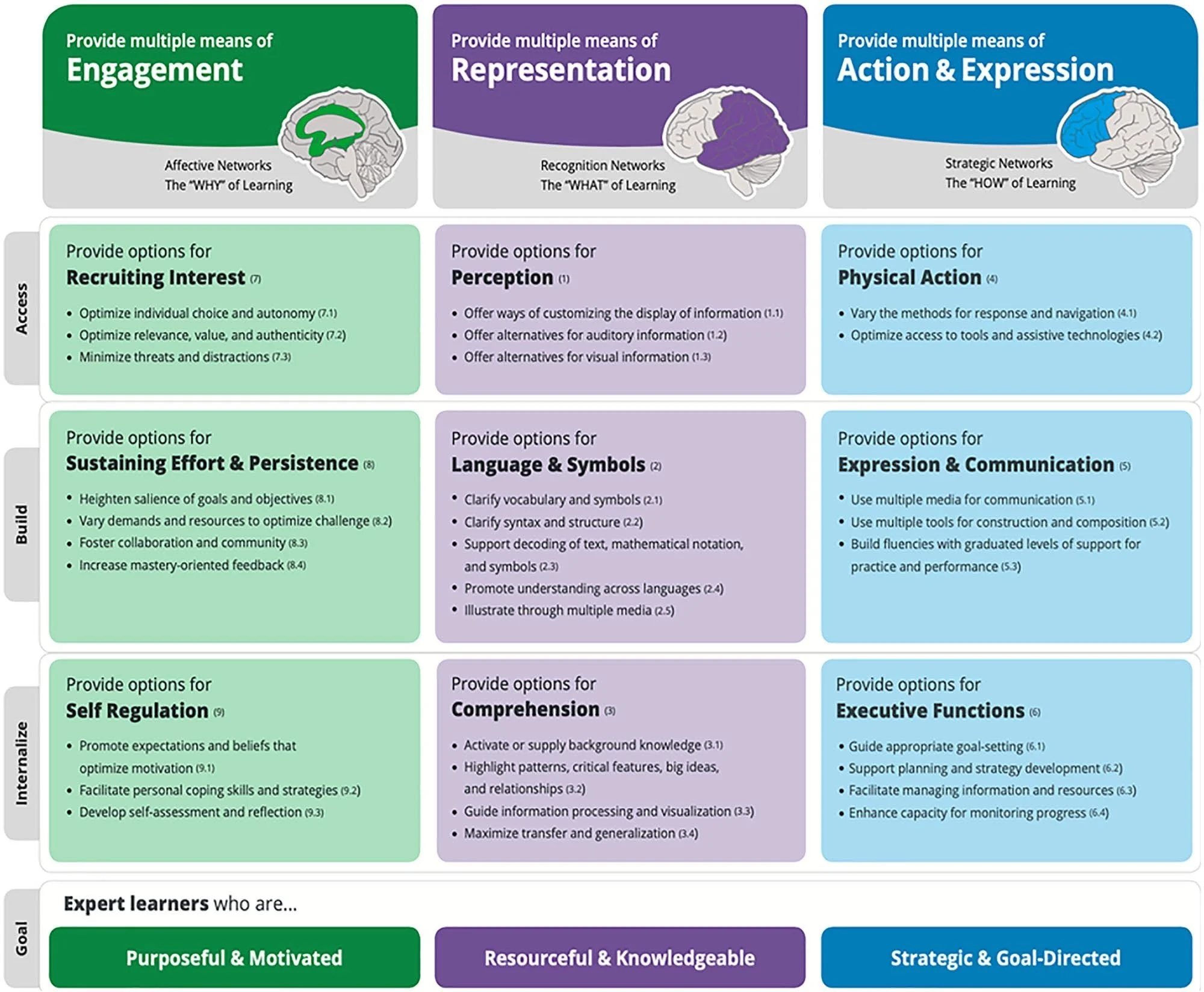We know that our students of color experience educational inequities. Within those populations of marginalized students, however, exist students who are even further marginalized; English learners and/or students with learning and thinking differences frequently do not experience integrated supports during their instruction, rendering curriculum inaccessible and—ultimately—ineffective.
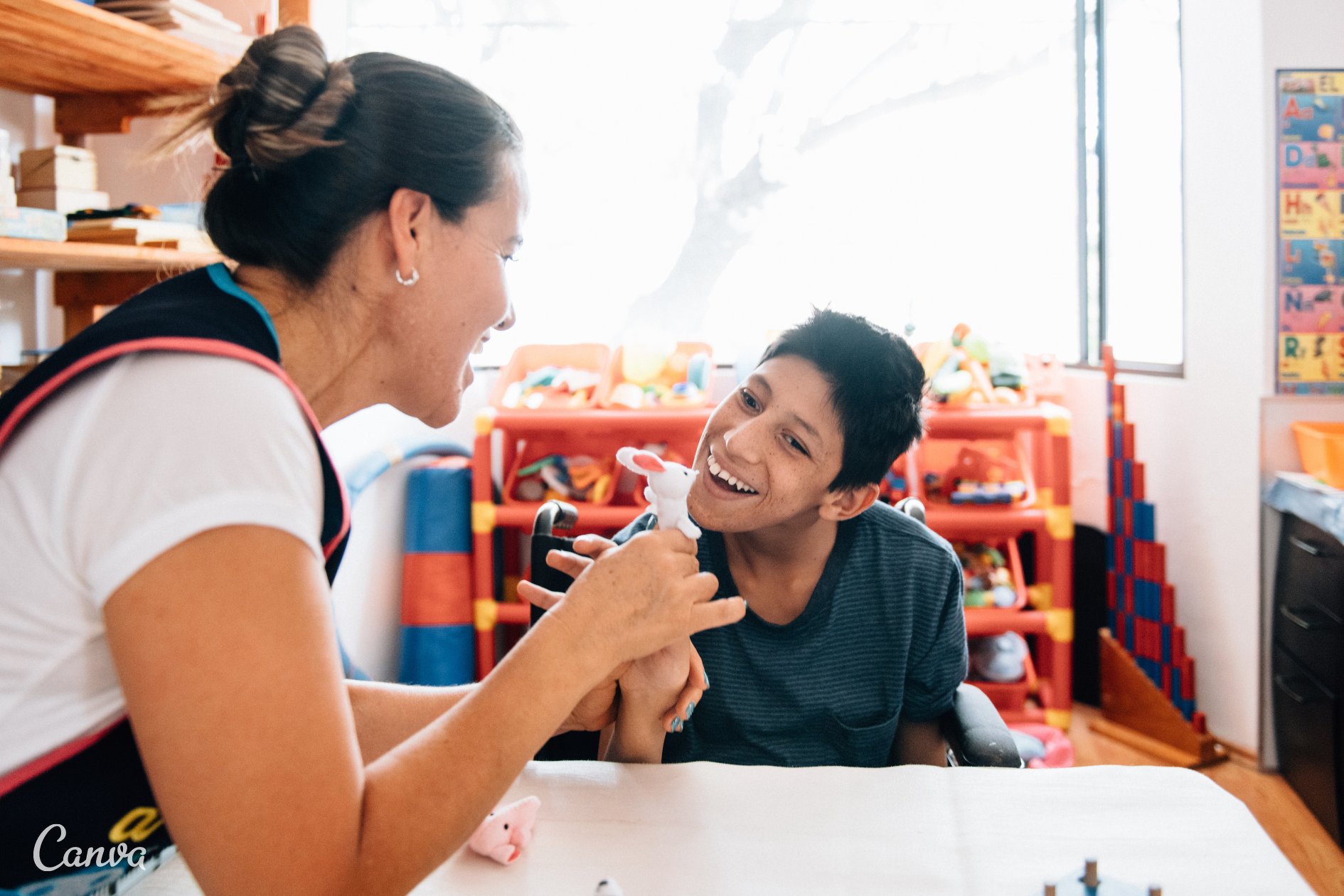.png)
Claire Cassidy, principal of St. John School in Boston, MA, is all too aware of these inequities and is working to disrupt them and ensure that her school’s curriculum is accessible and effective for all students. Cassidy wants her teachers to continue to develop an assets-based mindset that will enable them to be on the lookout for “what a student may reveal to us about themselves as the year progresses.” Teachers would then be able to use that information to make certain that for every student at St. John School, “there is an entry point for them into learning” and that students know “they are valued, their voice is valued, [and] their talent is seen and brought into the learning that they will be doing that day.”
As you strive to create inclusive, equitable instruction for all students in your classrooms, here are some action steps to be sure you are providing integrated supports to English learners and/or students with learning and thinking differences:
1. Ask and answer the question, what does equitable instruction look like?
While our lesson planning protocols call for teachers to “work with inclusion staff on individual supports,” we know that teachers and leaders have limited time. What should that collaboration process actually look like, given the competing demands on teachers’ time?
Check out this website from TIES Center that models not only how to do this in time-frames of 5, 15, or 45 minutes, but also implements strong Universal Design for Learning (UDL) principles in the design of the website itself: TIES Lessons for All: The 5-15-45 Tool.
2. Practice recognizing inequitable instruction as it relates to this population of students.
Ask yourself, how could this task better align to the UDL principles?
3. Design and implement a plan to address inequitable instruction.
As you begin to formulate that plan, you may face some common issues like entry points and processing support, or a lack of cultural relevance. Below, we will share some tips for addressing a series of common pitfalls while keeping in mind that the very best way to guarantee instructional materials are accessible is to know your students well—as people and as learners—and to know the content well. This list of tips is not exhaustive and should be viewed as a starting point for adjusting your curriculum to ensure its accessibility:
Issue #1: Entry points & processing support
ELA
Suggestion: Incorporate time for pre-reading and/or multiple reads of the text. Providing students with additional time and additional ways to access grade-level complex text supports long-term meaning-making.
Math
Suggestion: Add Math Language Routines; cut down on number and wordiness of tasks

Issue #2: Cultural relevance
ELA
Suggestion: Support students to consider multiple perspectives for texts they are reading or listening to. Support them in examining dominant narratives and questioning whose perspective may be missing from some instructional materials.
Math
Suggestion: Choose or modify tasks to resemble the math that students do in their daily lives—especially marginalized students.
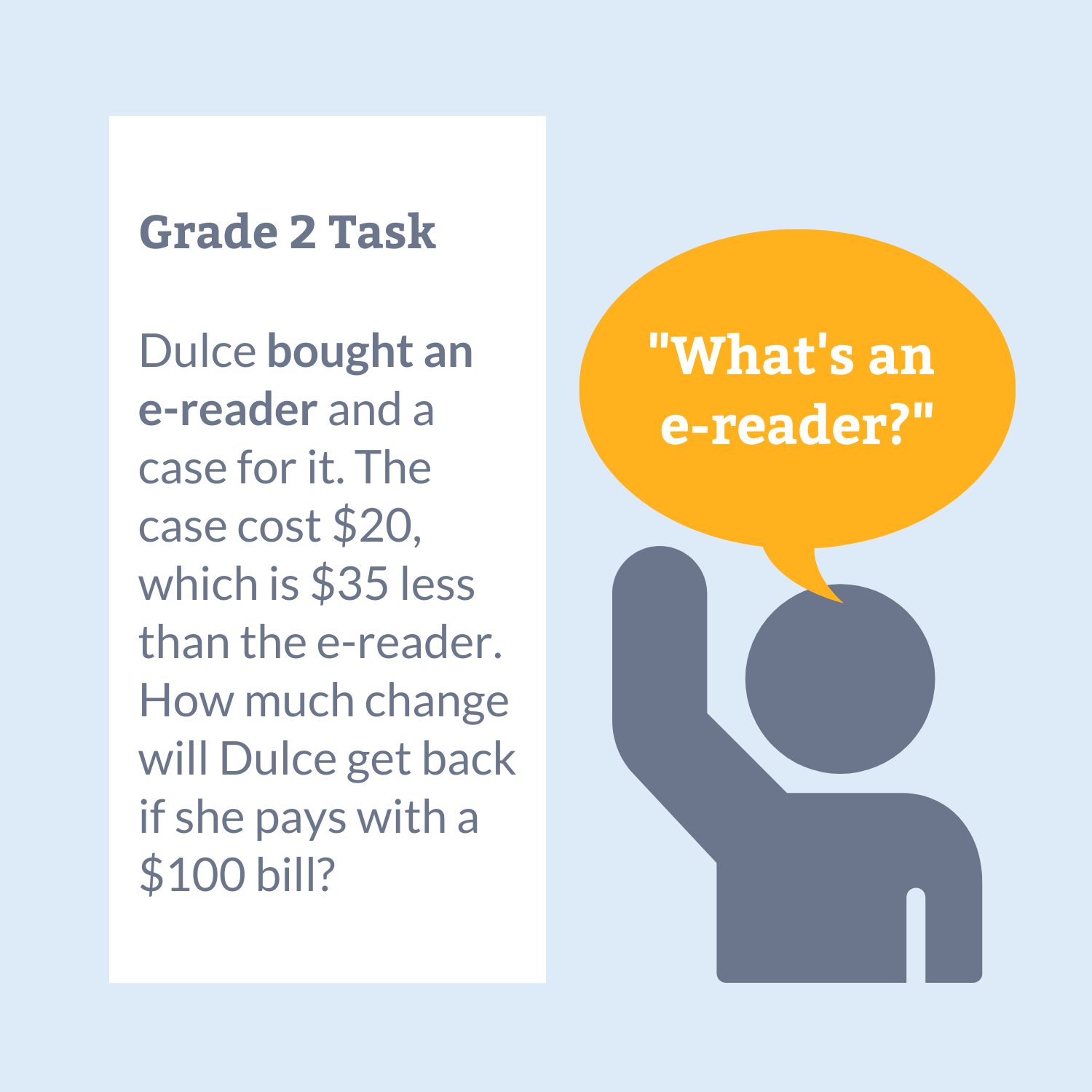.png)
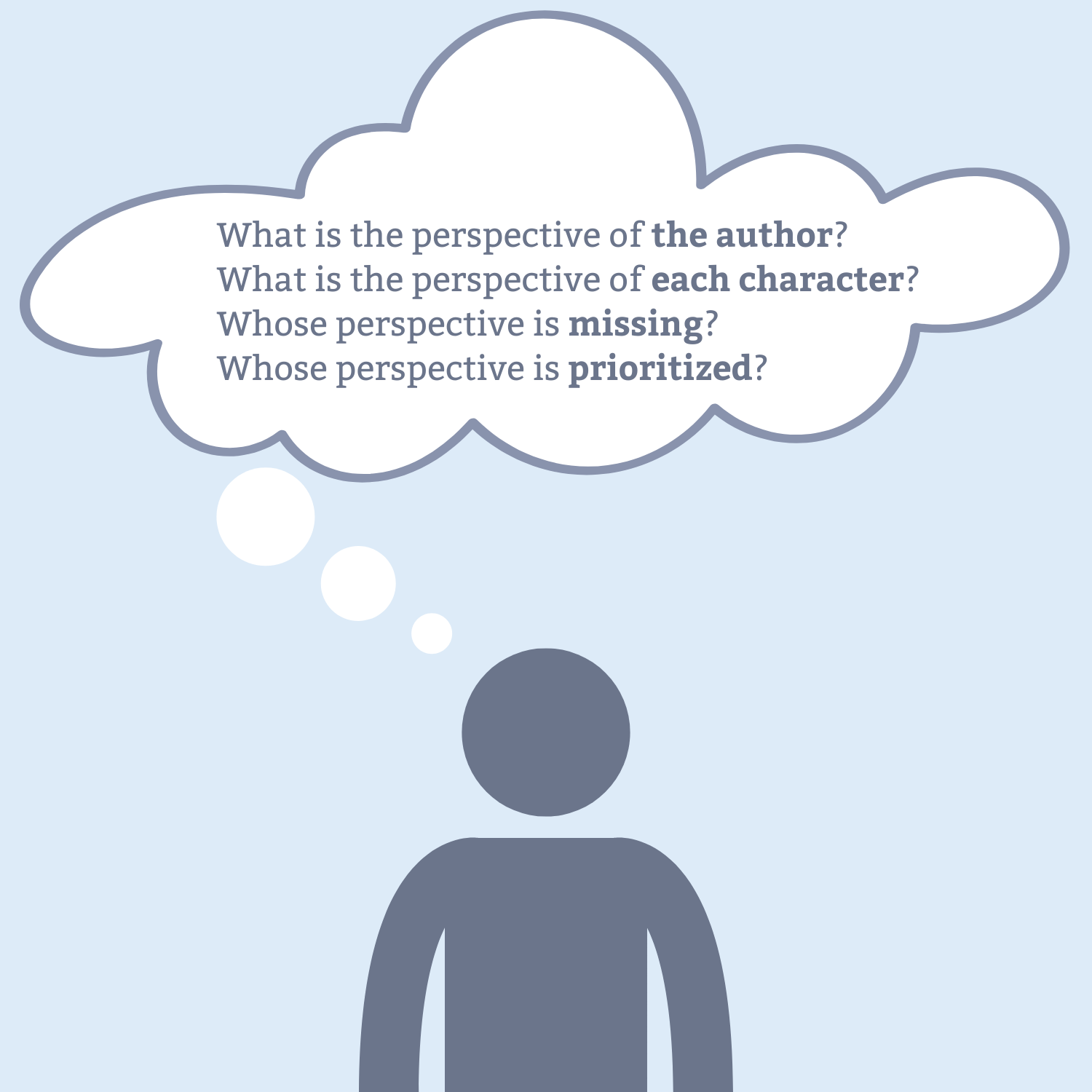.png)
Issue #3: Materials that limit student thinking to single pathways
ELA
Suggestion: Insert or revise text-based questions to have multiple correct responses. These types of questions allow educators to get a sense of how students are thinking about the text, unearth potential misconceptions, and allow for meaty discussion opportunities.
Math
Suggestion: Remove unnecessary scaffolds. Let students choose the tool(s) they use to solve a task (Standard for Mathematical Practice 5).
.png)
.png)
Issue #4: Too much teacher talk
ELA
Suggestion: If missing, insert multiple opportunities for time to think, time to talk (as a class and in pairs/small groups) and time to write. Students should be thinking, talking and writing across all areas of ELA multiple times a day.
Math
Suggestion: Adapt lessons to be more task-based. Allow students to jump in and grapple with mathematics!
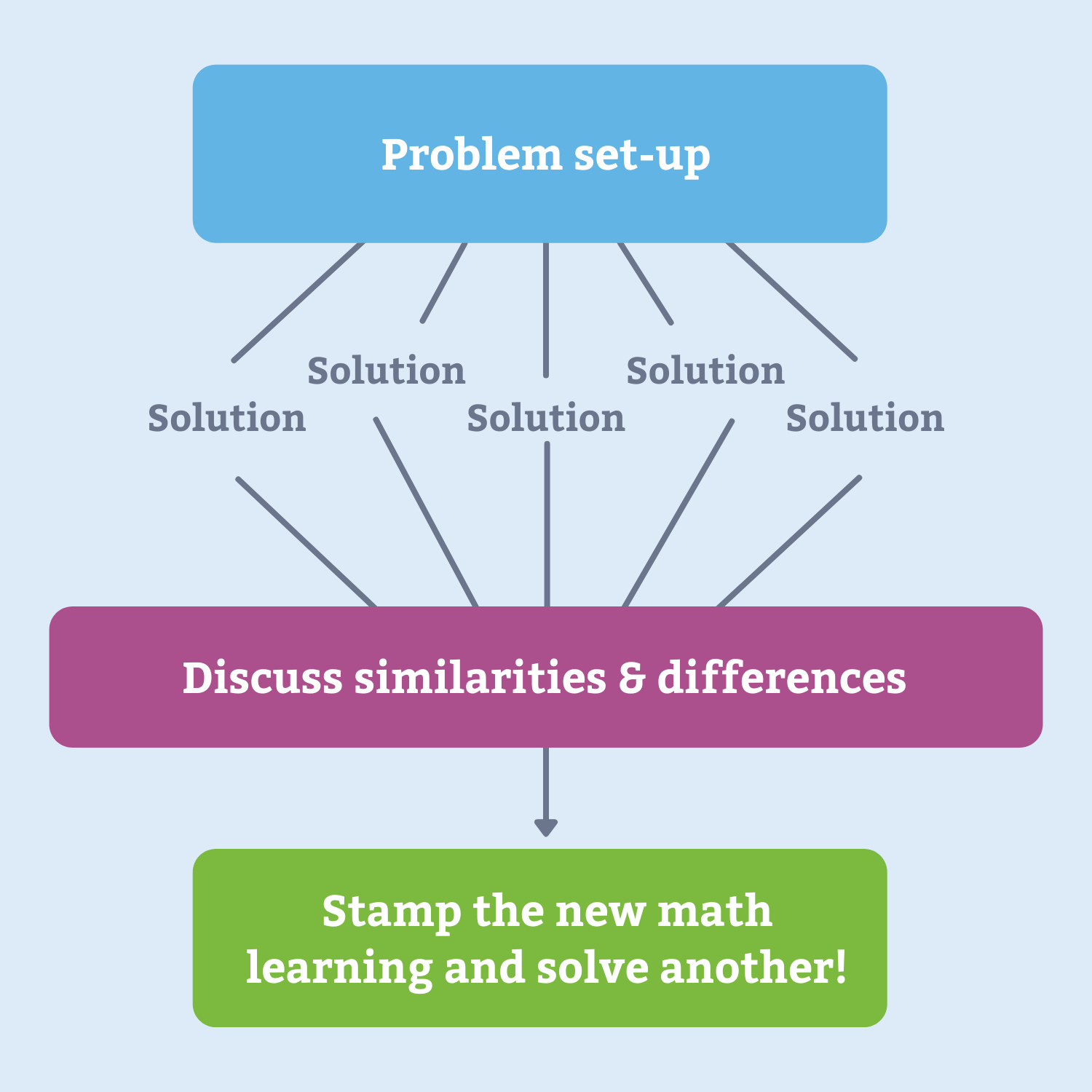.png)
.png)

